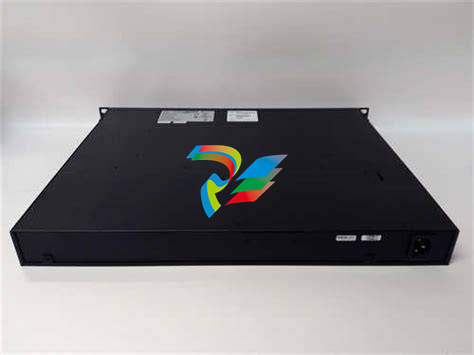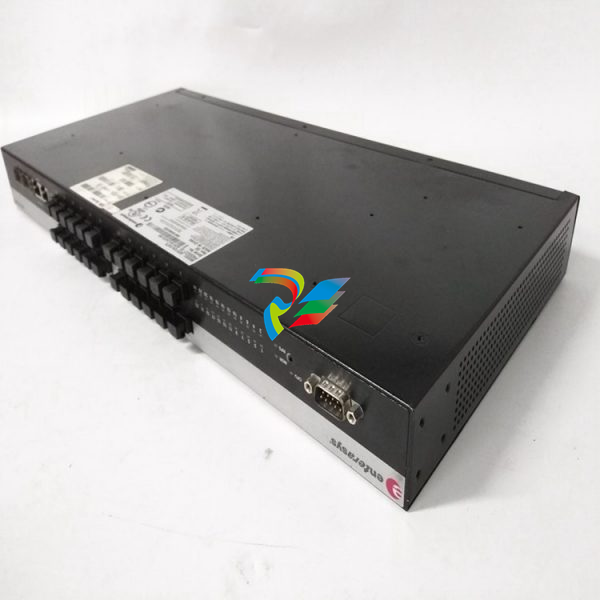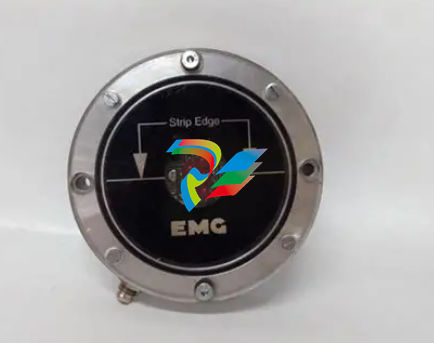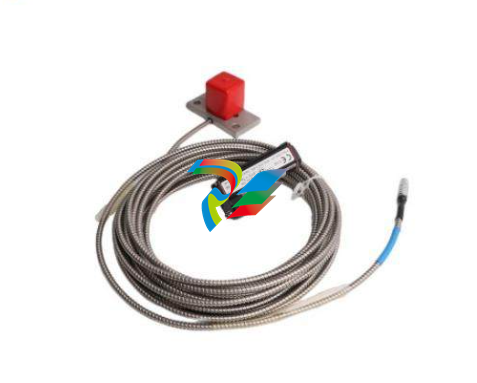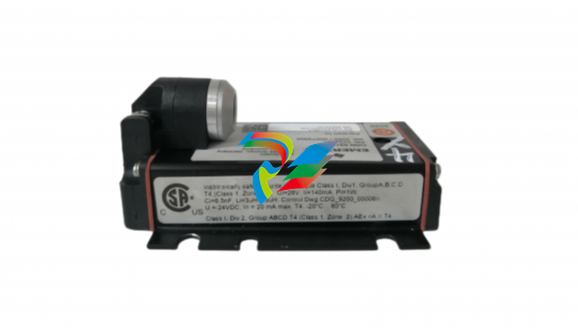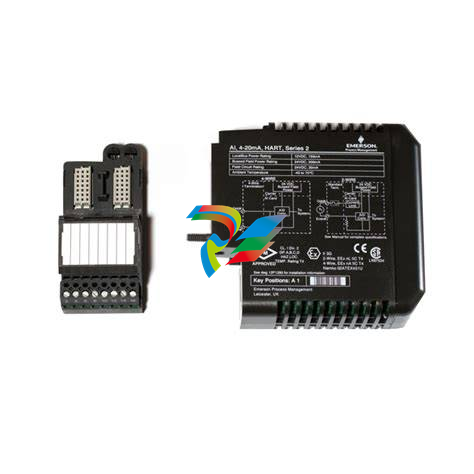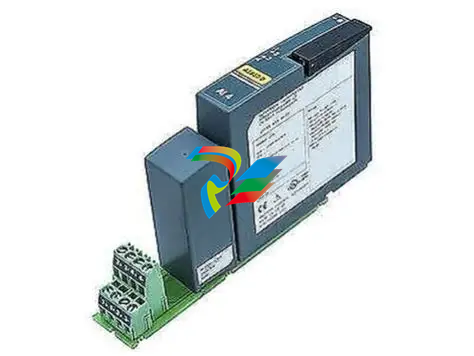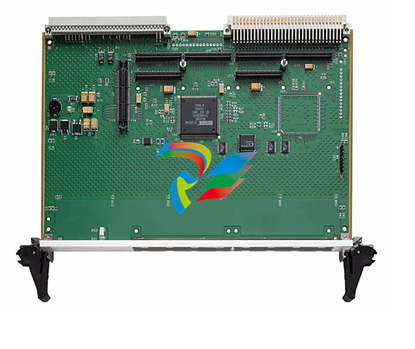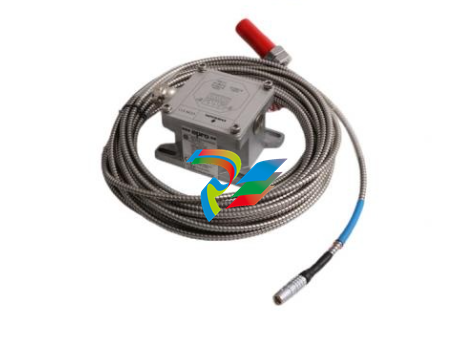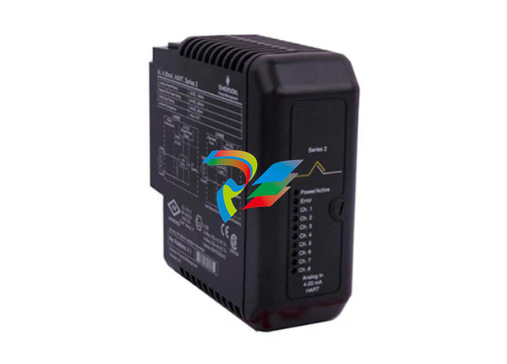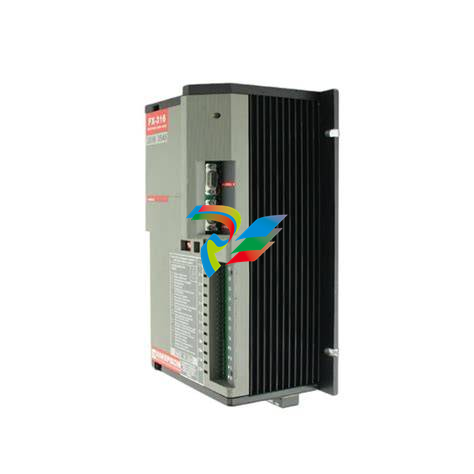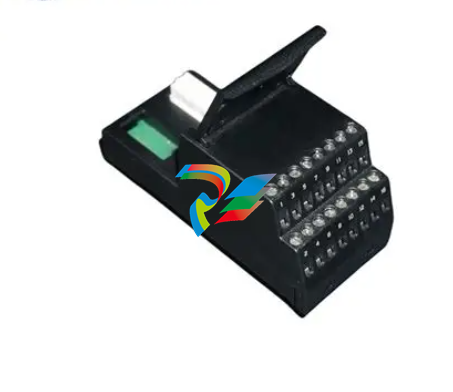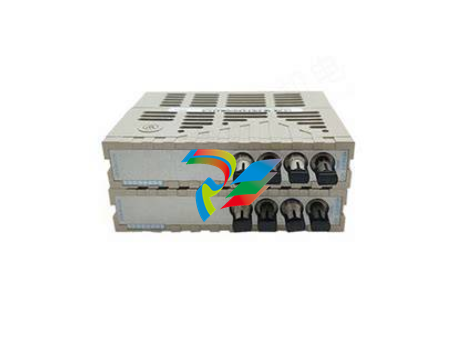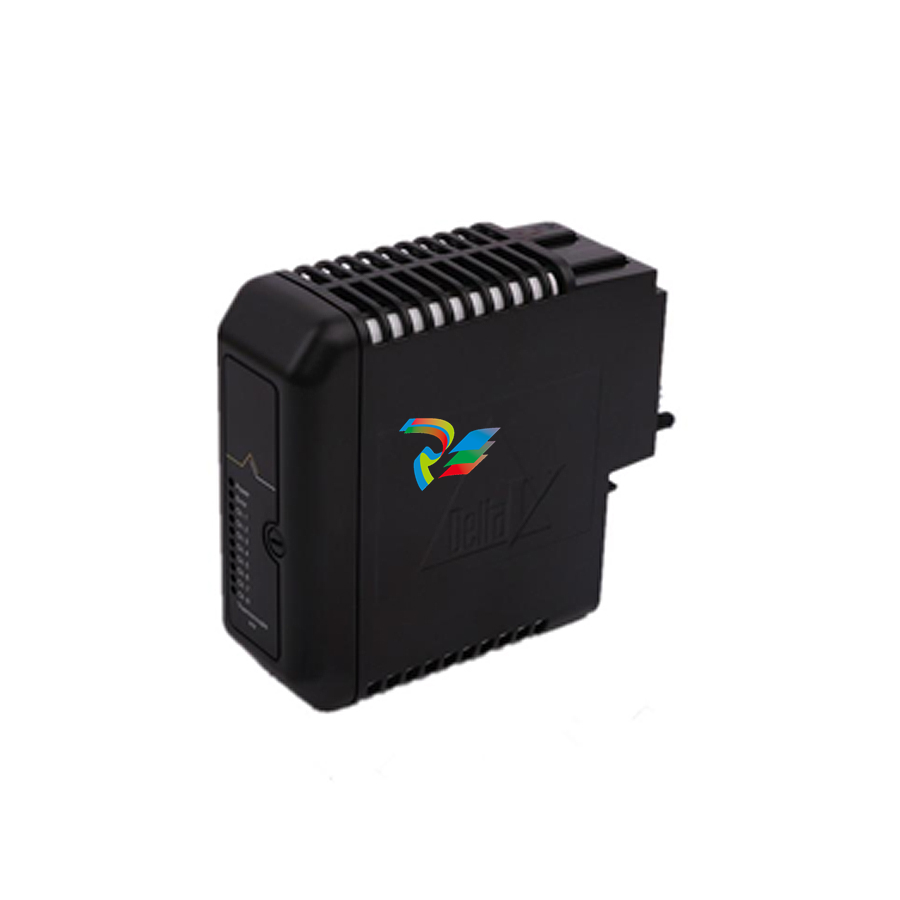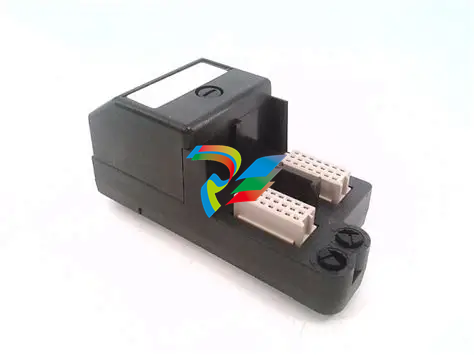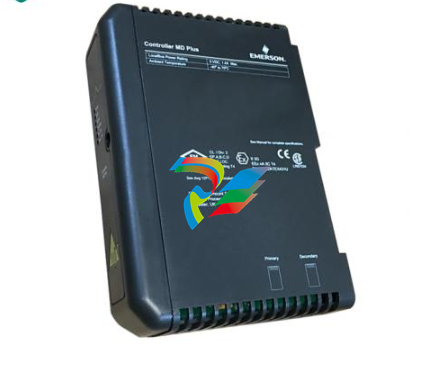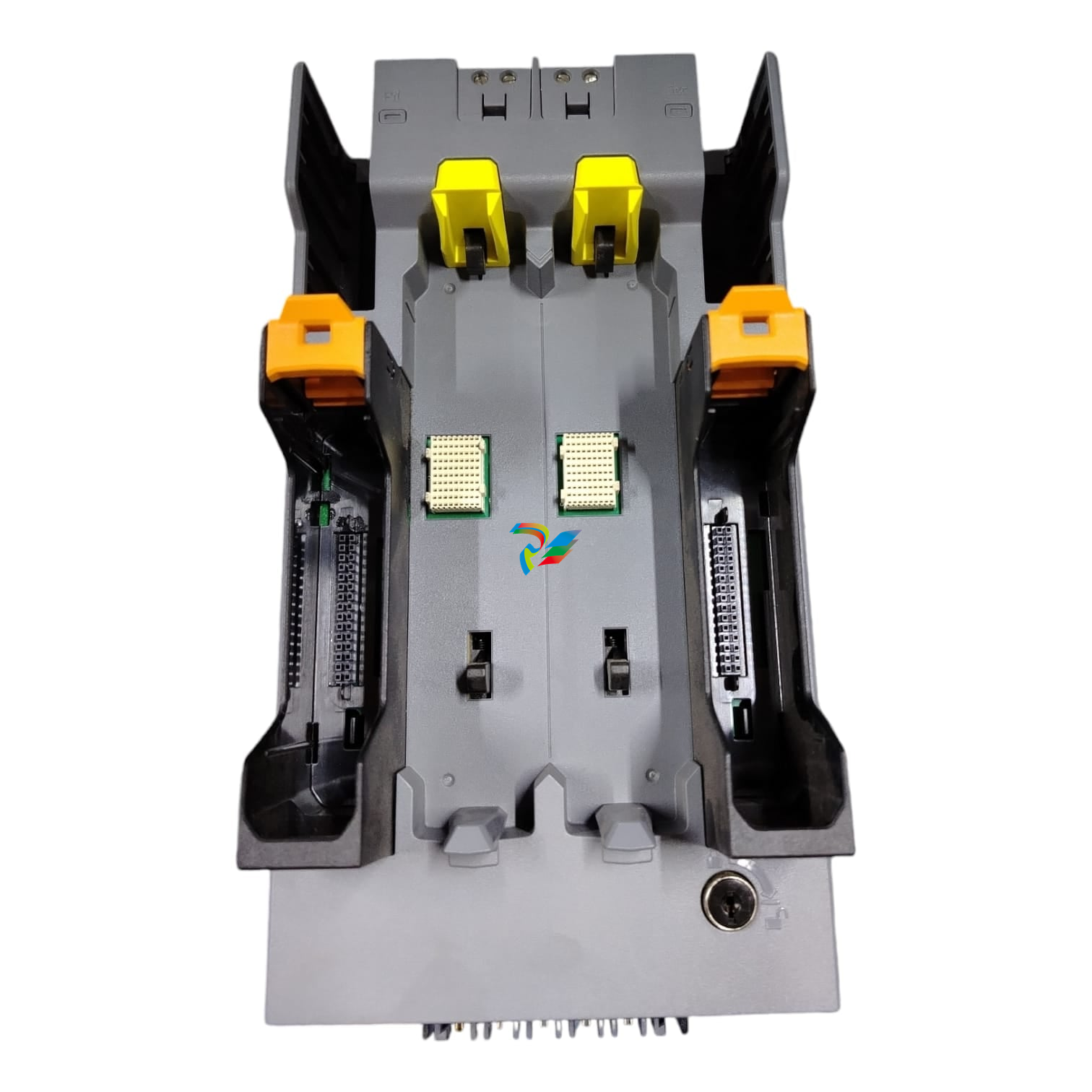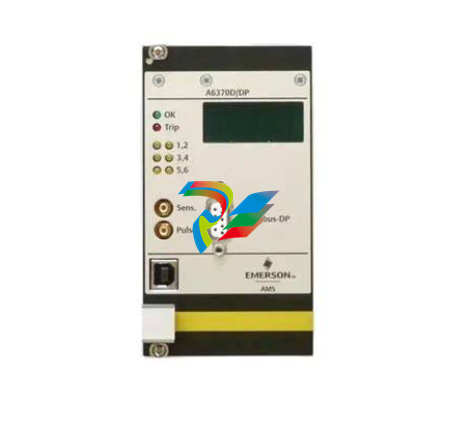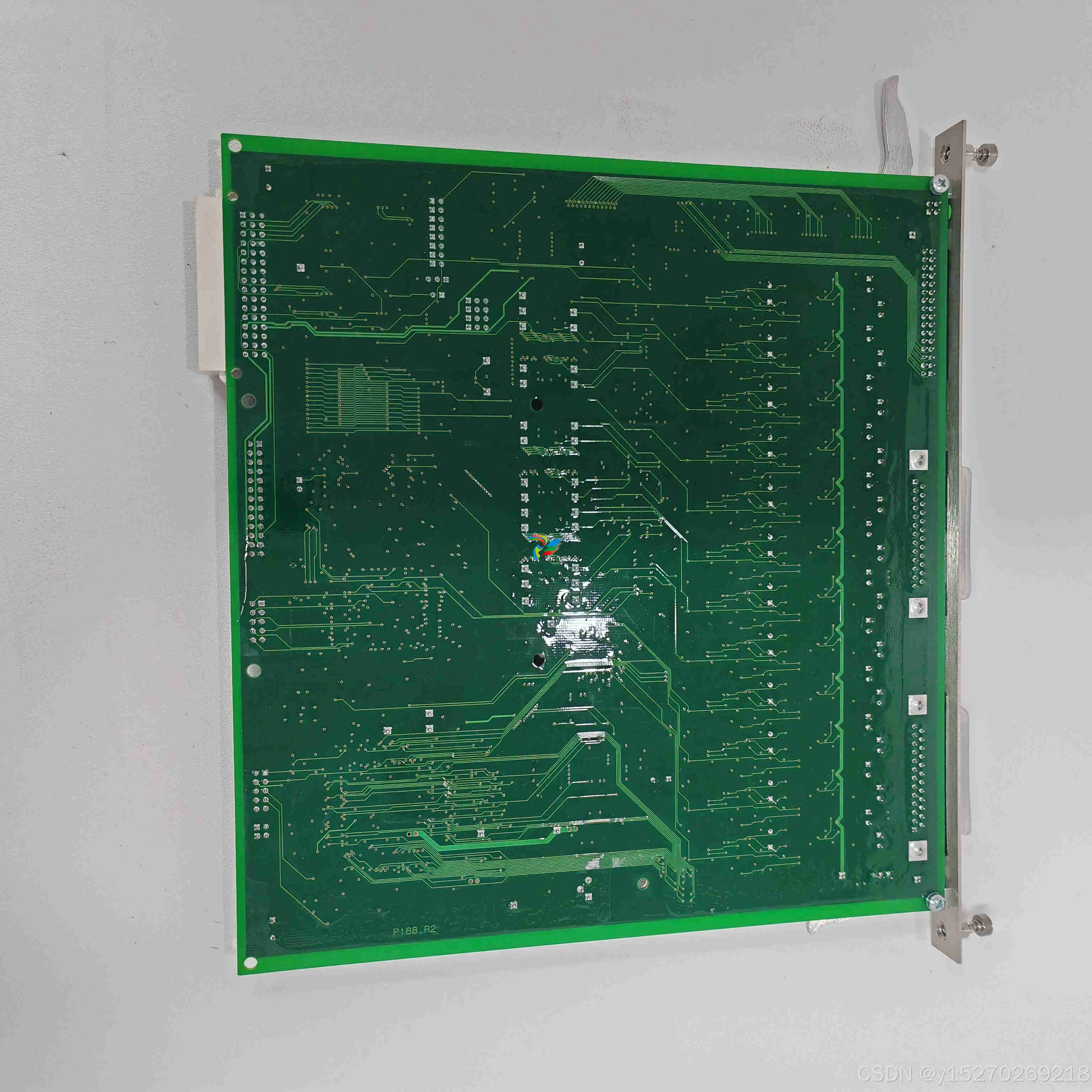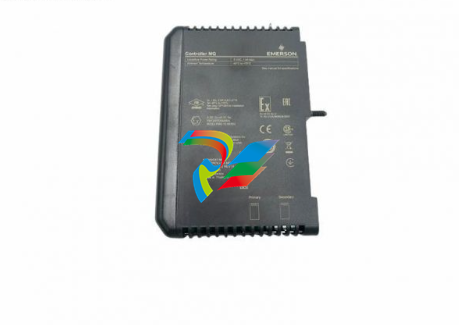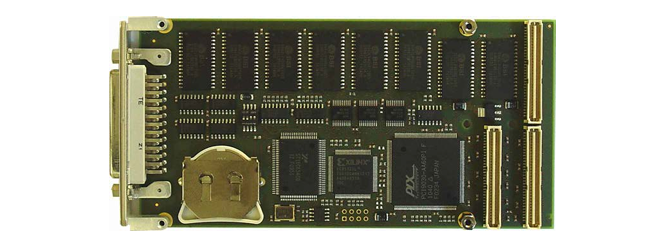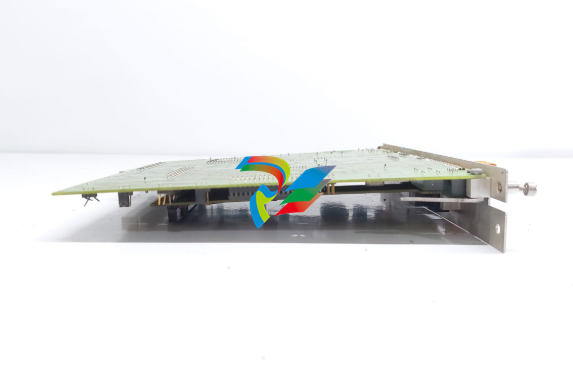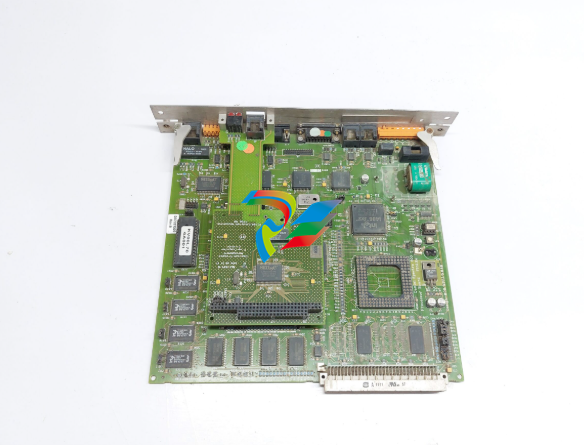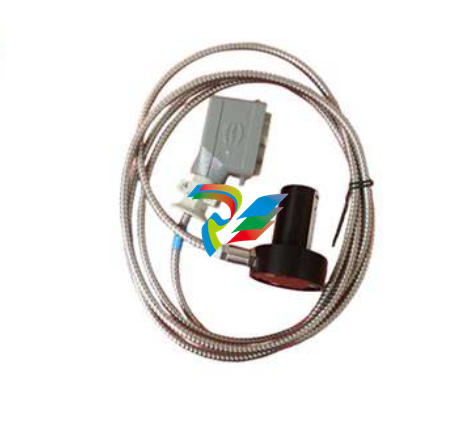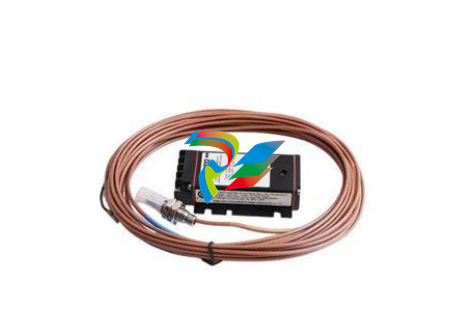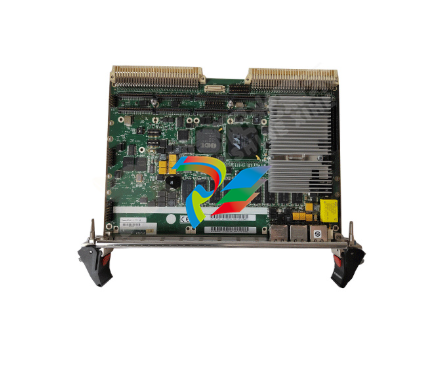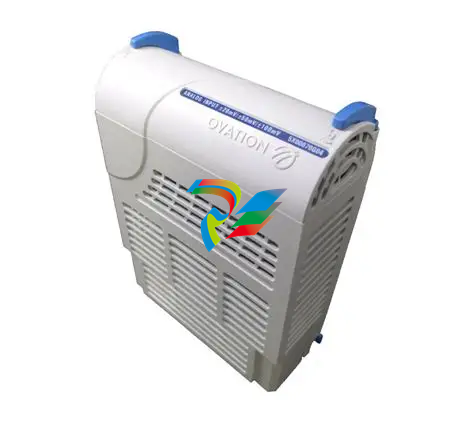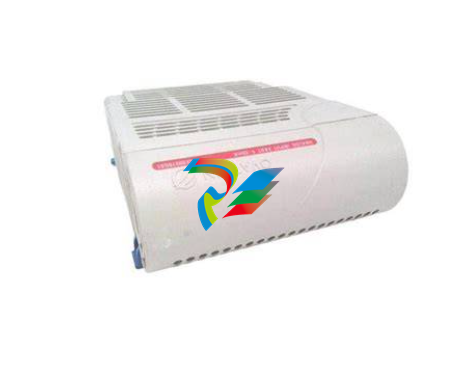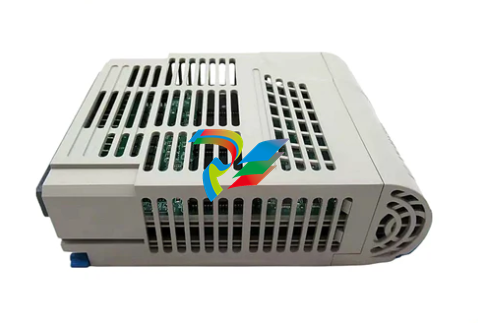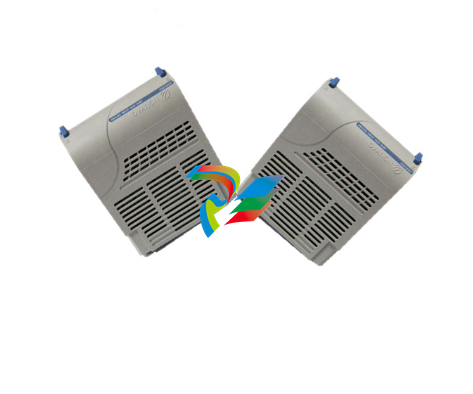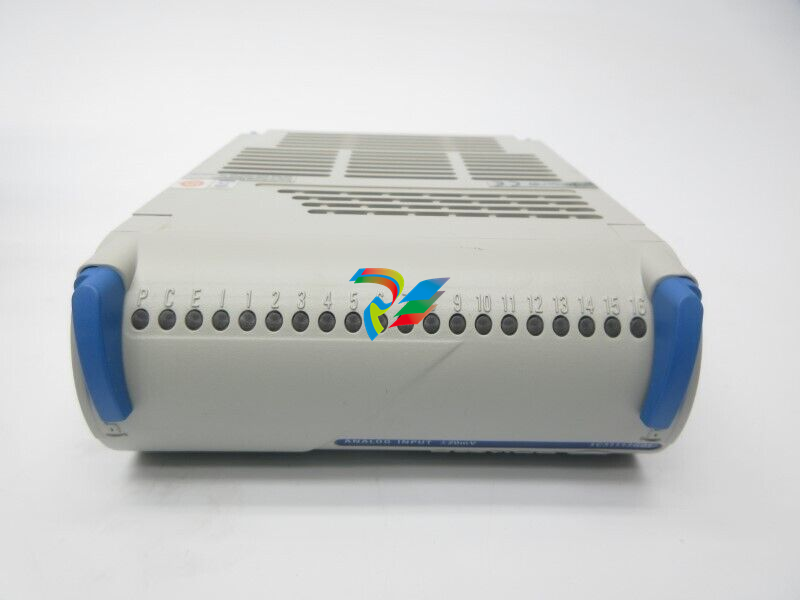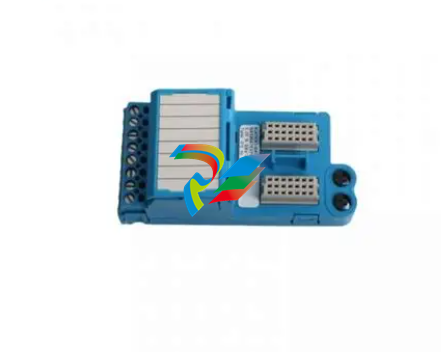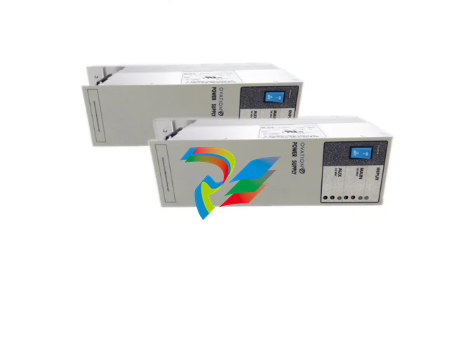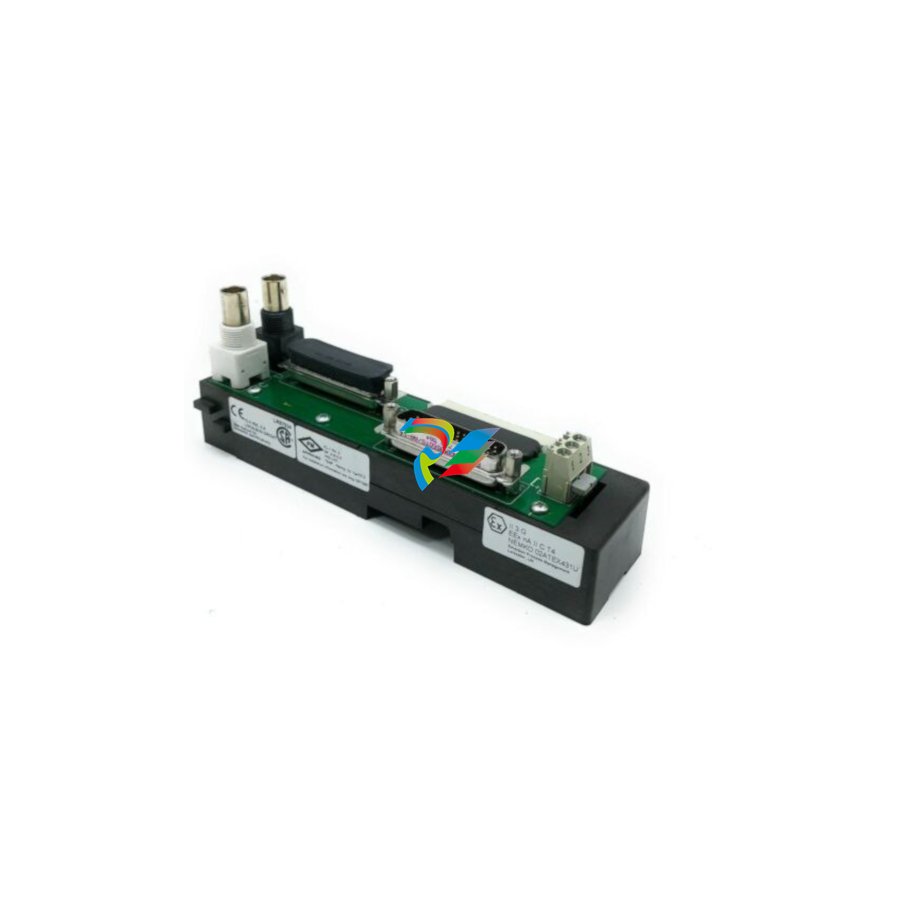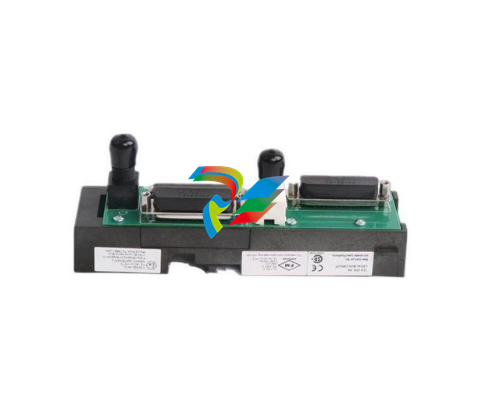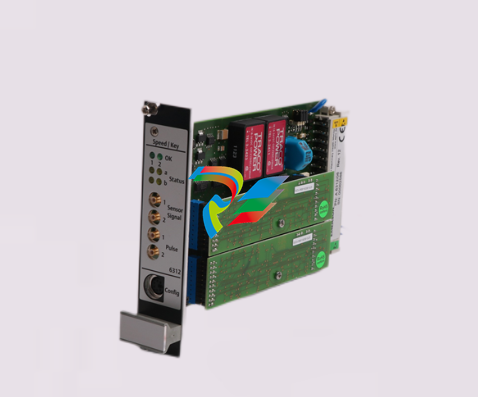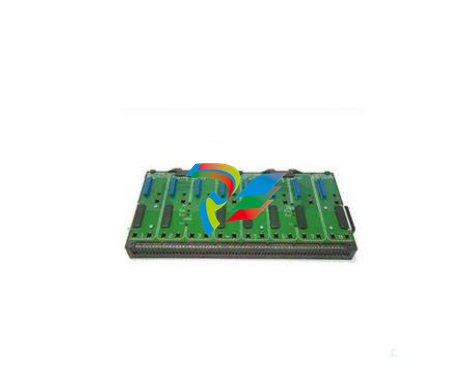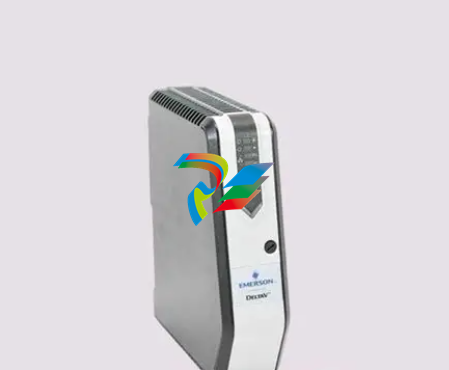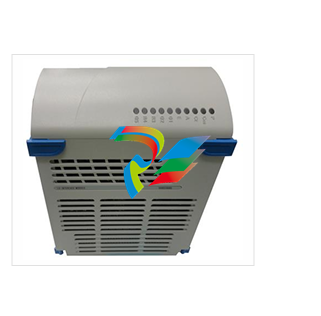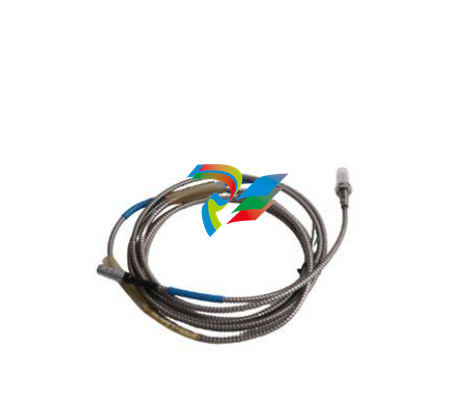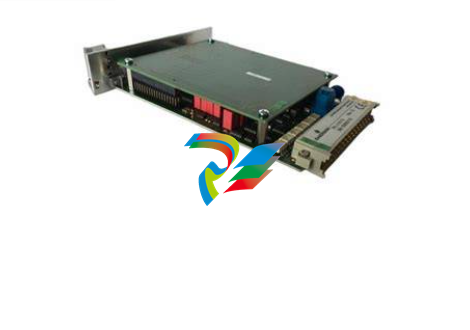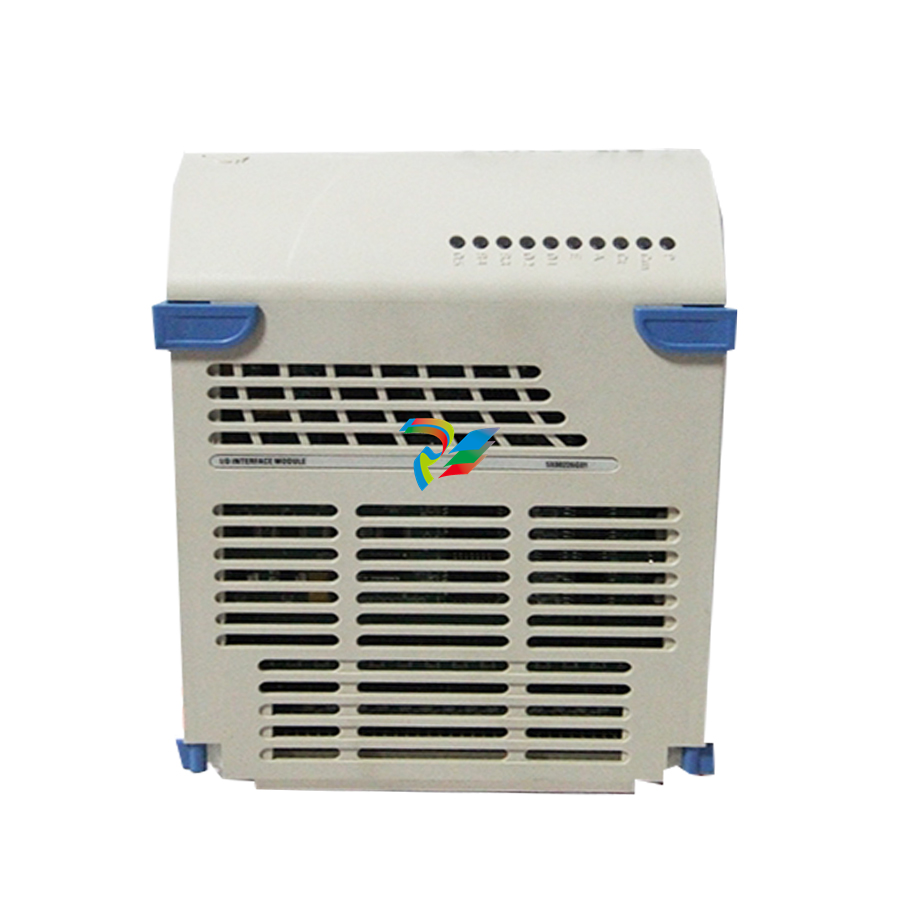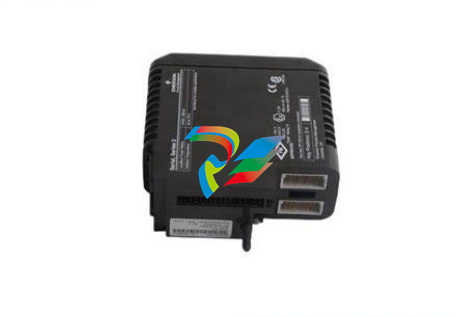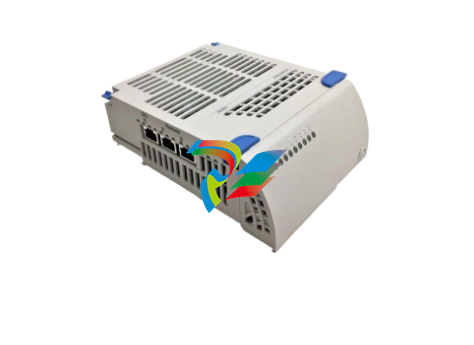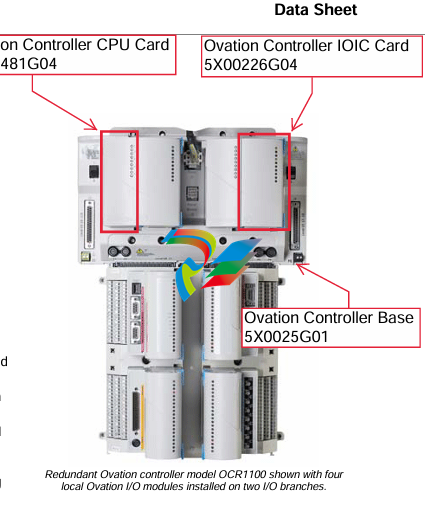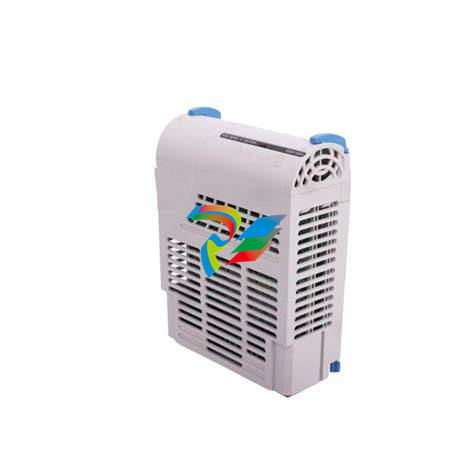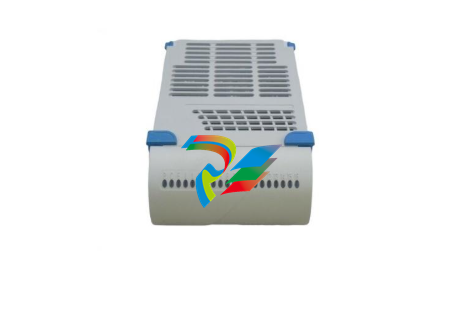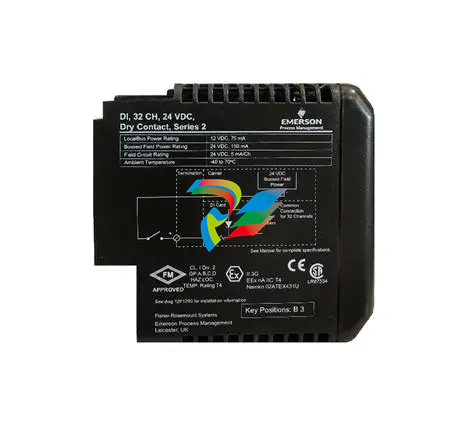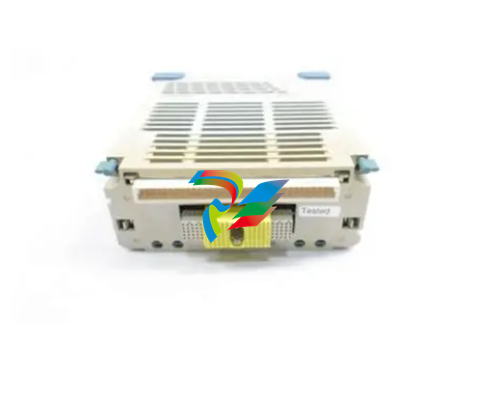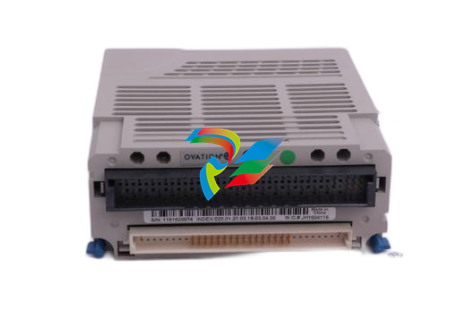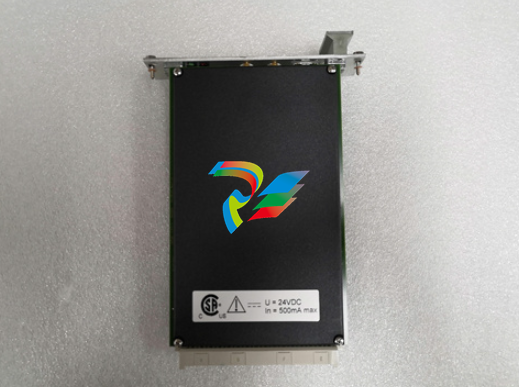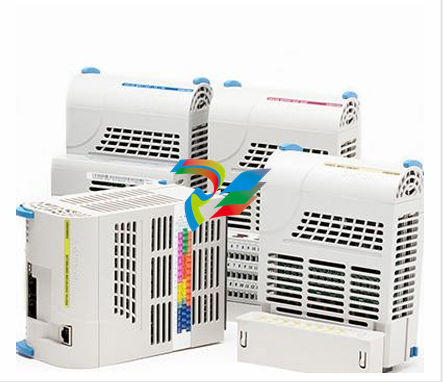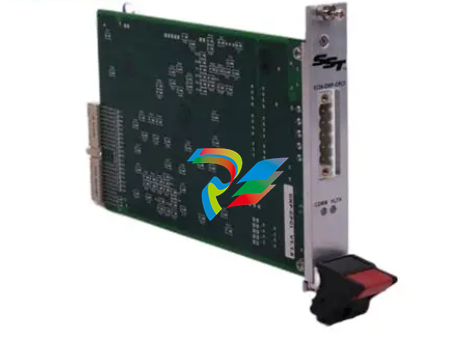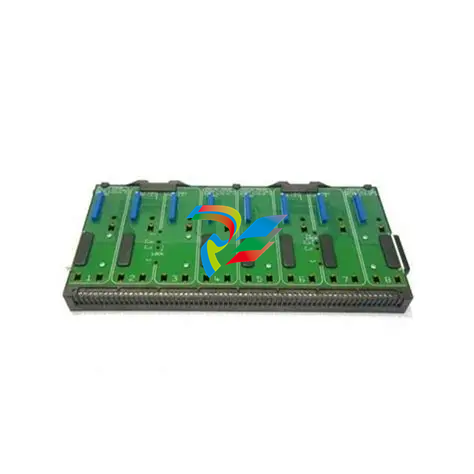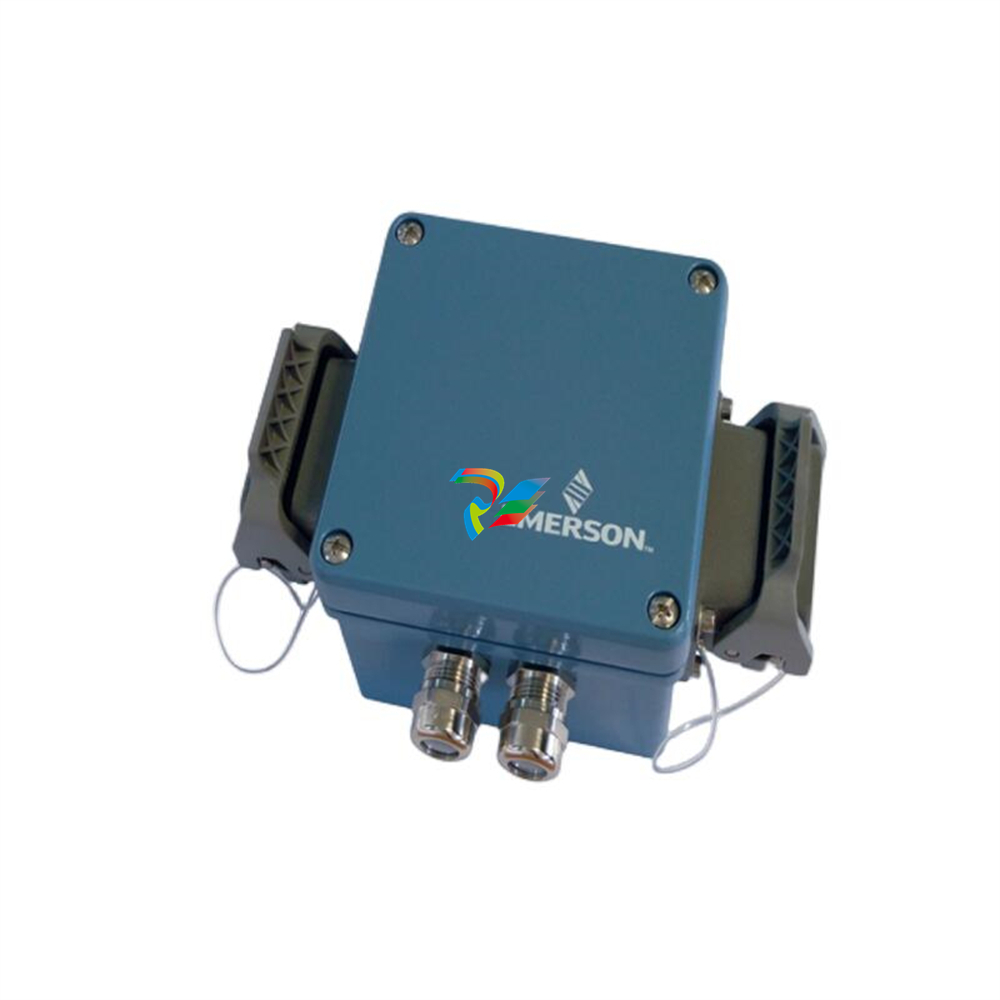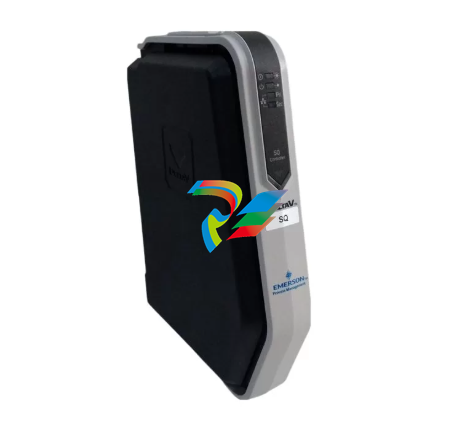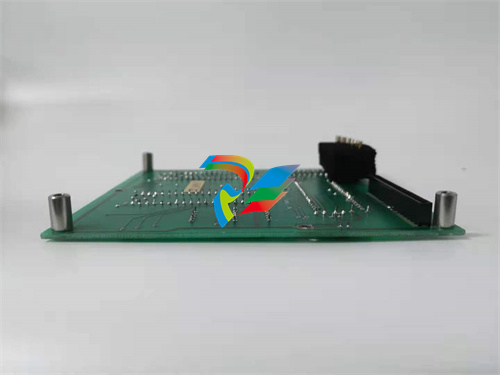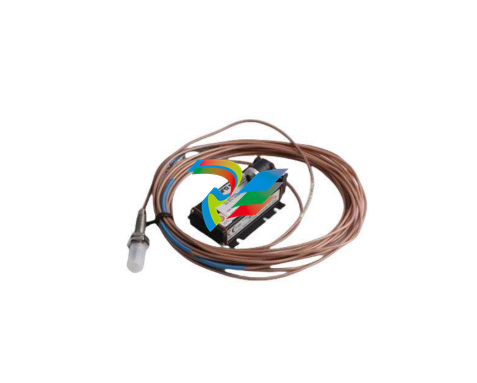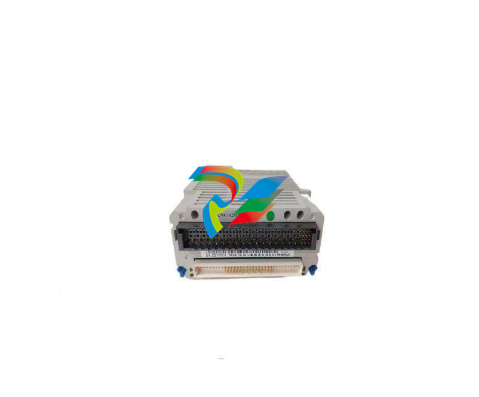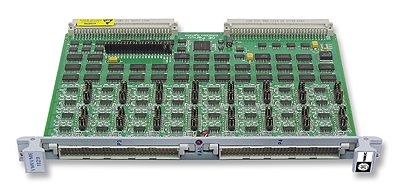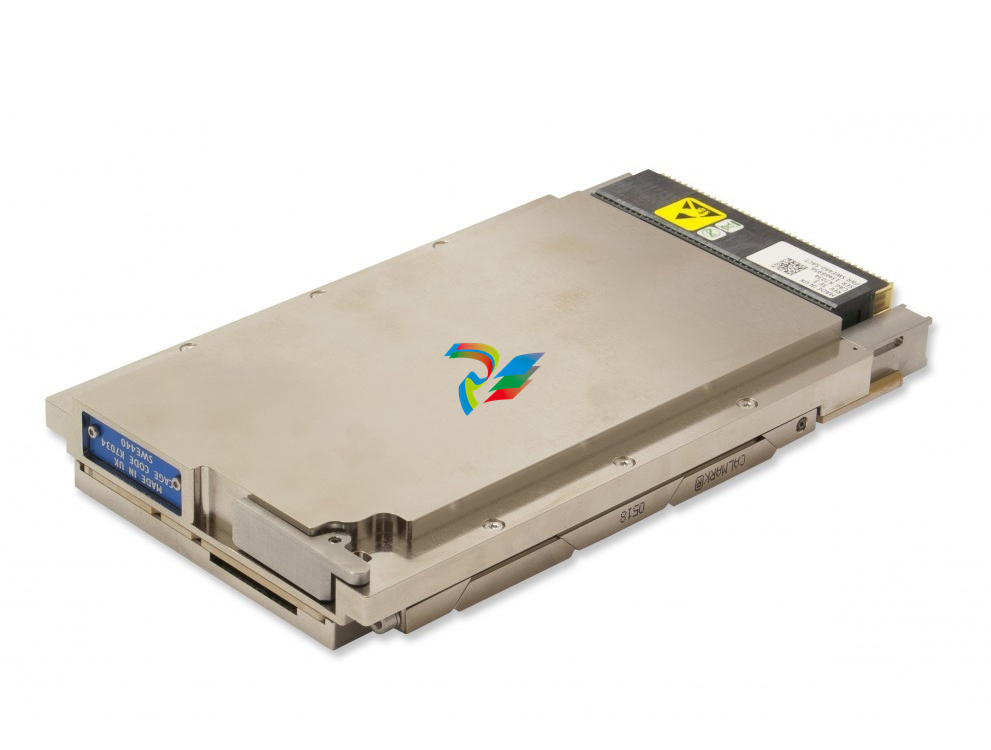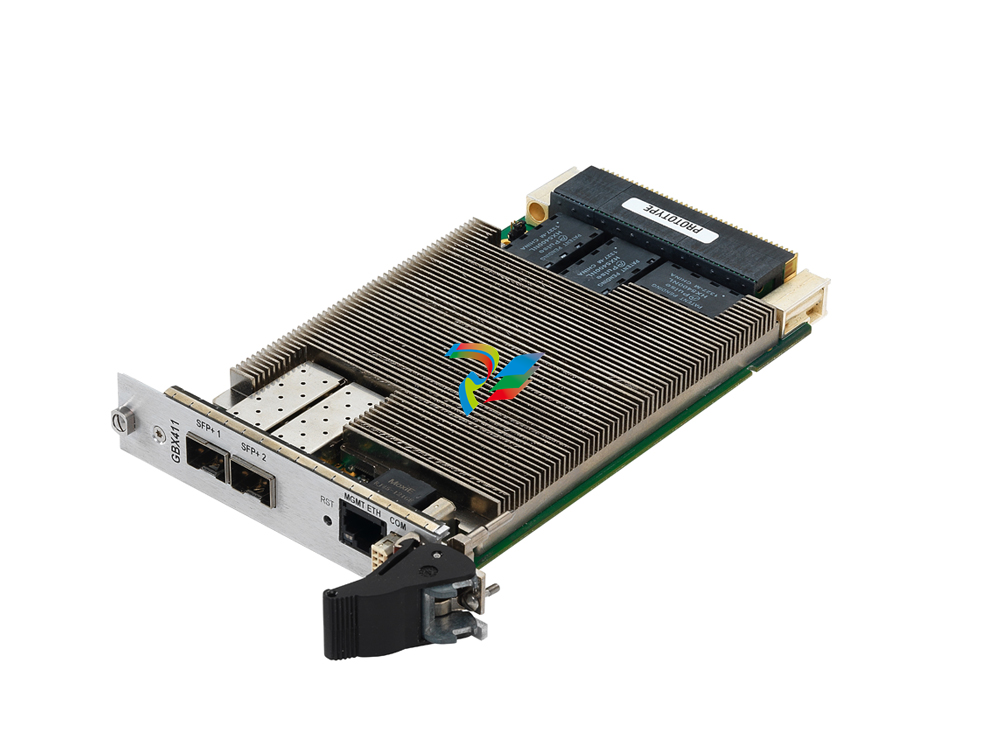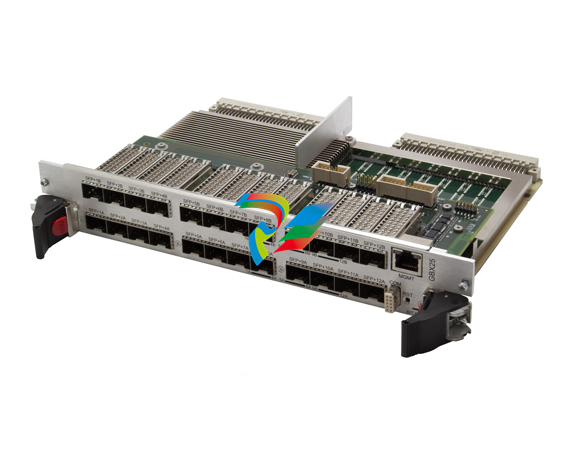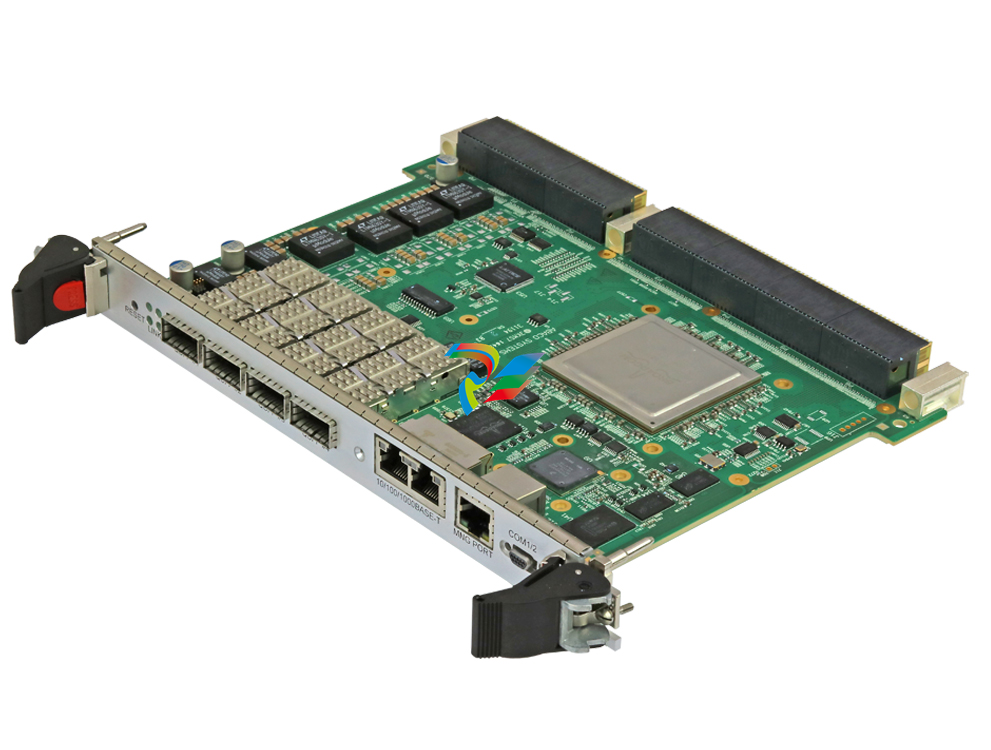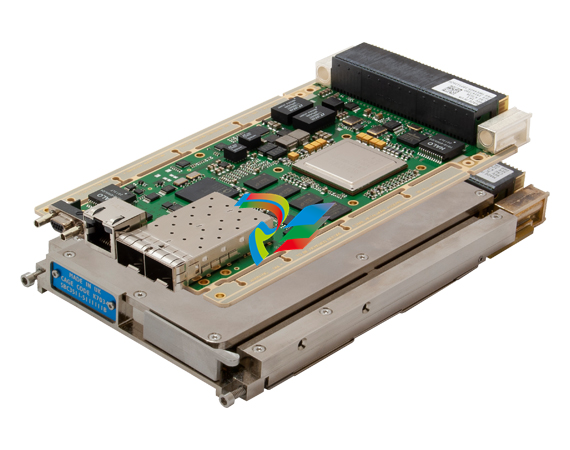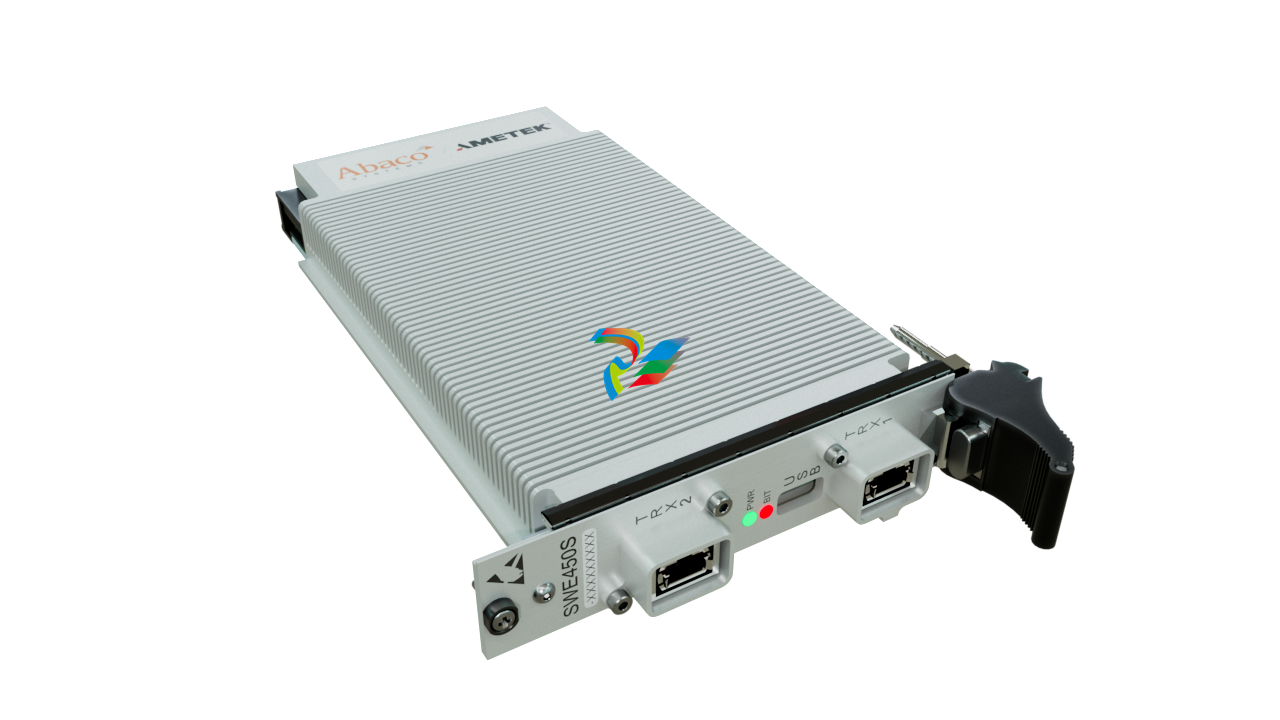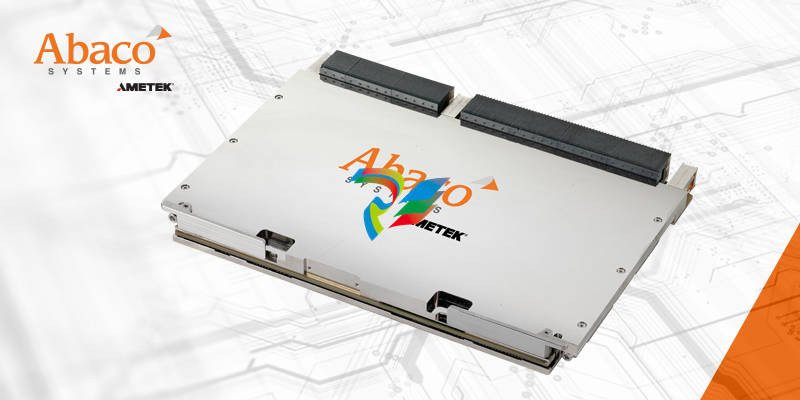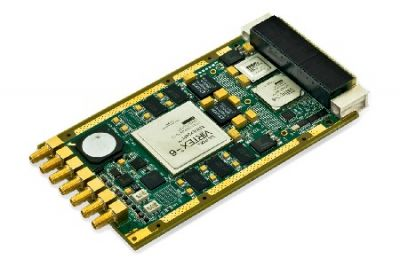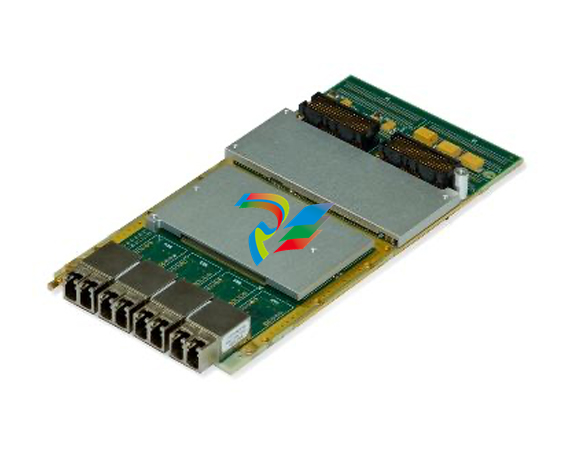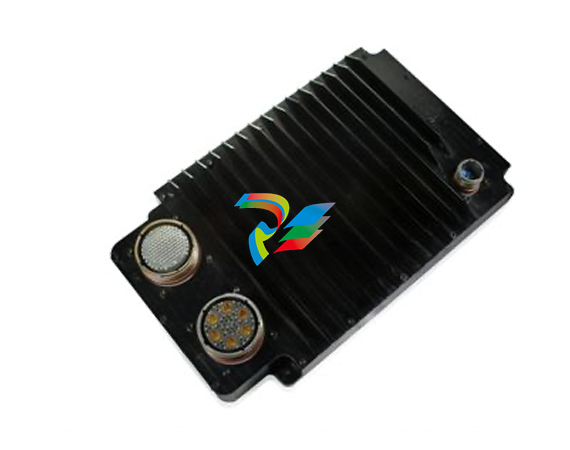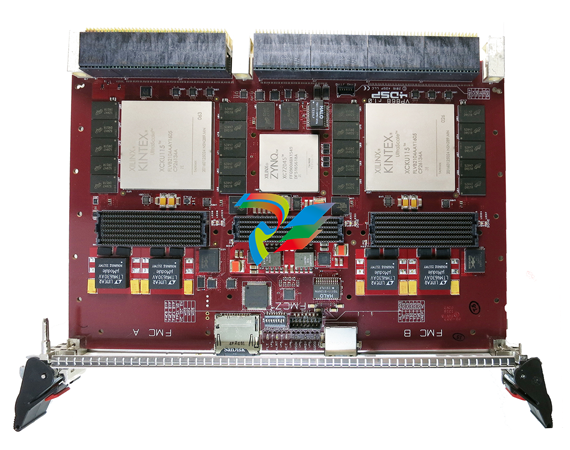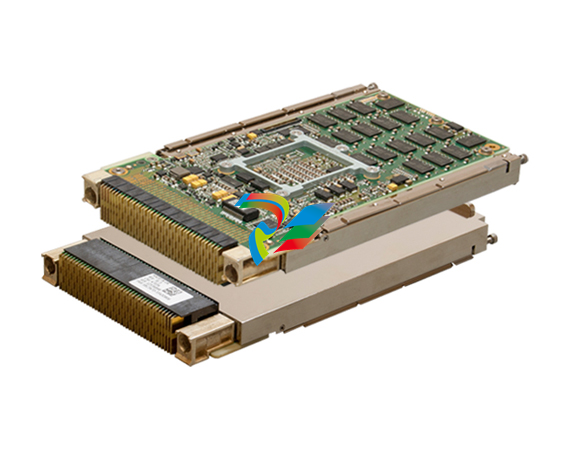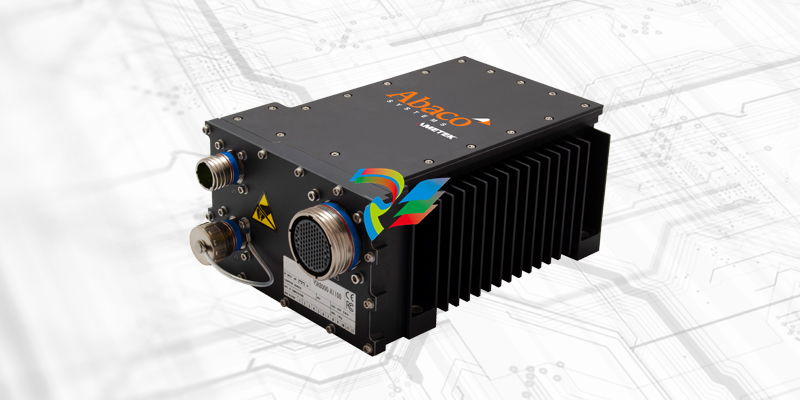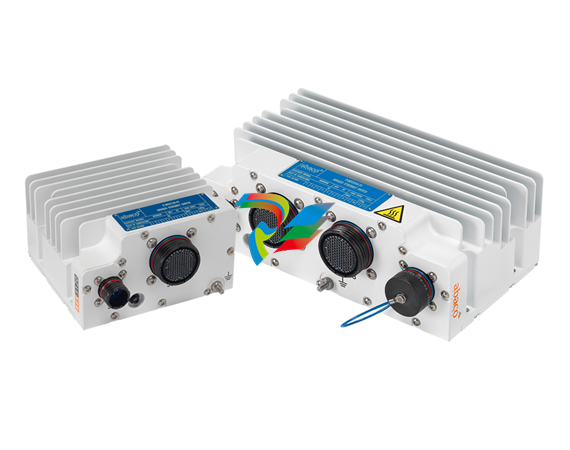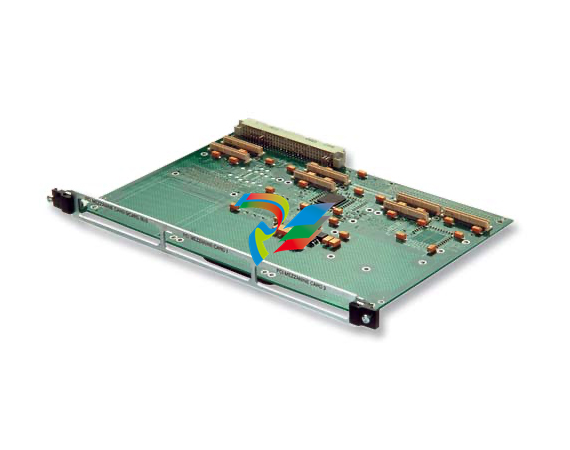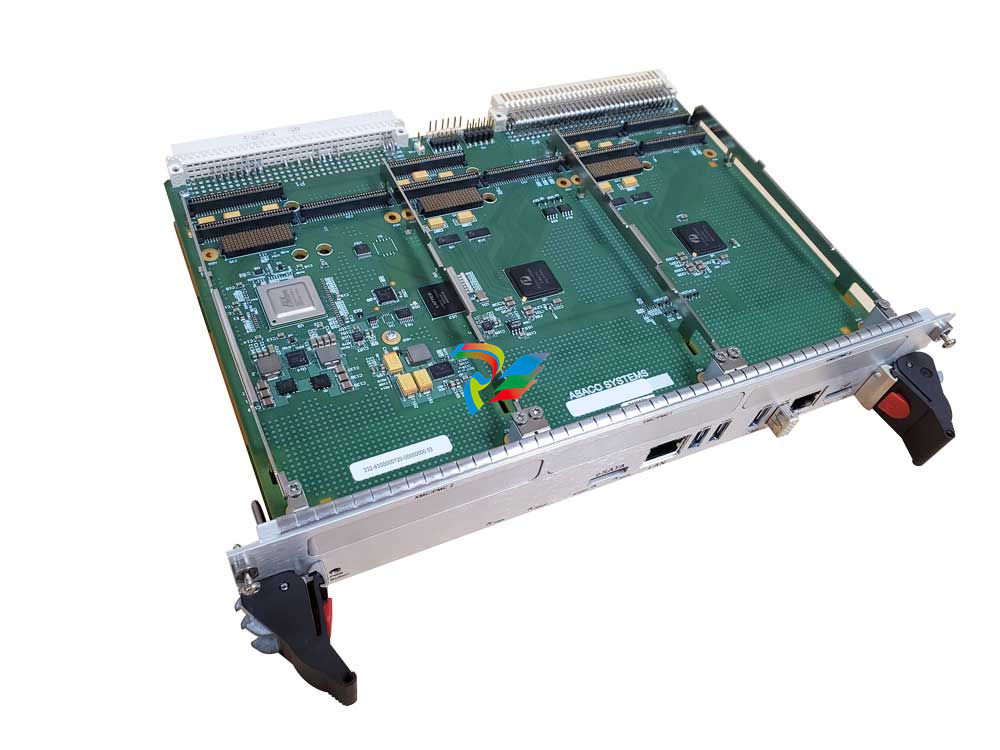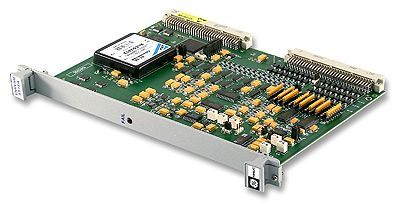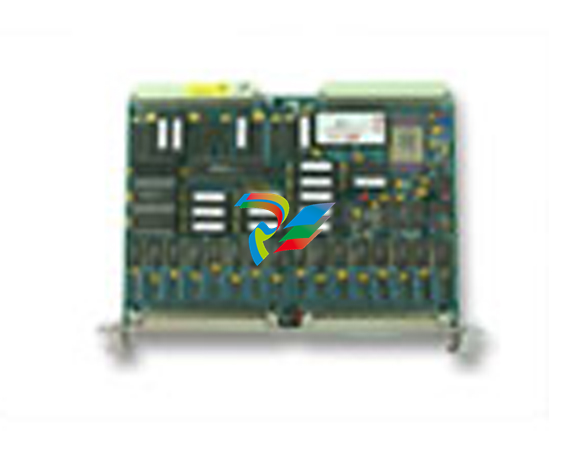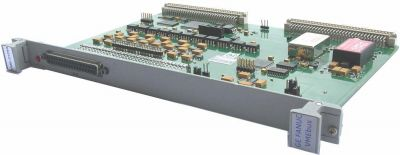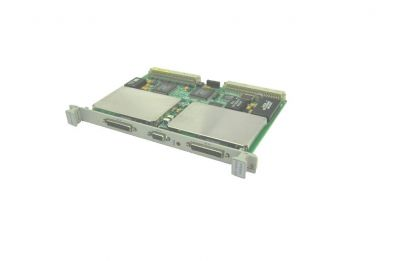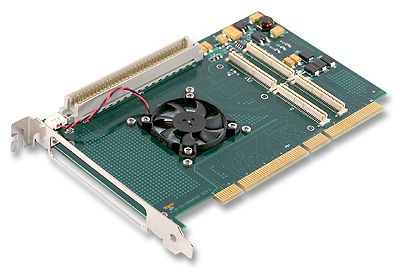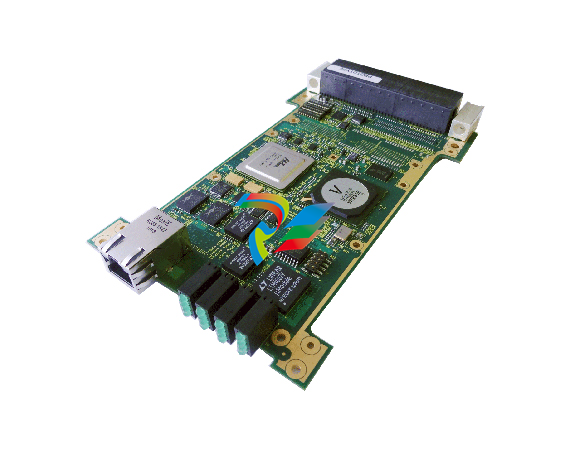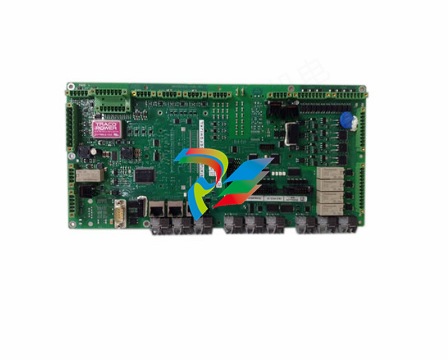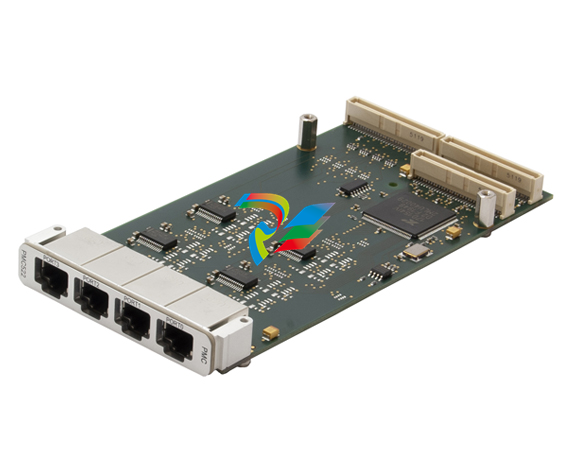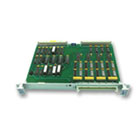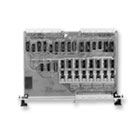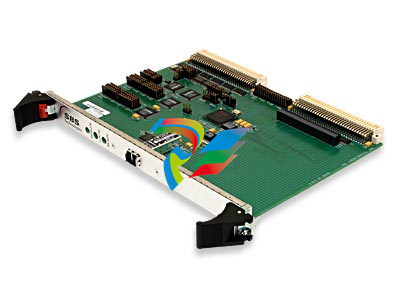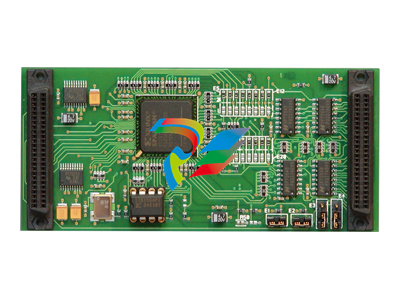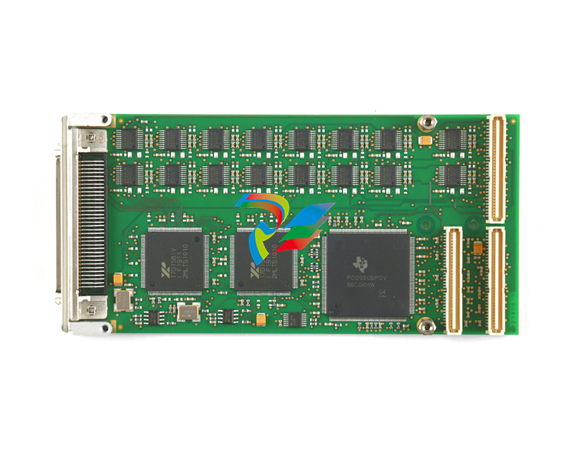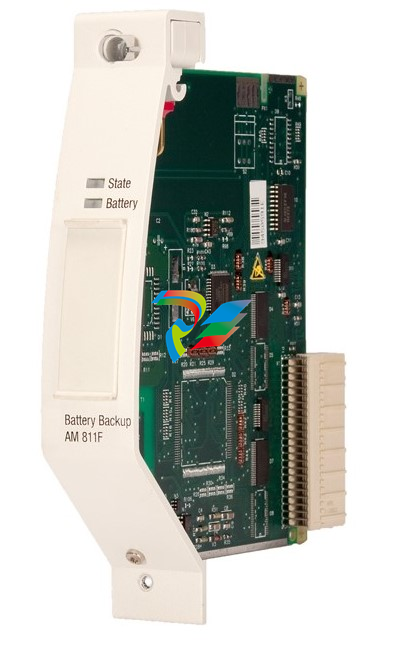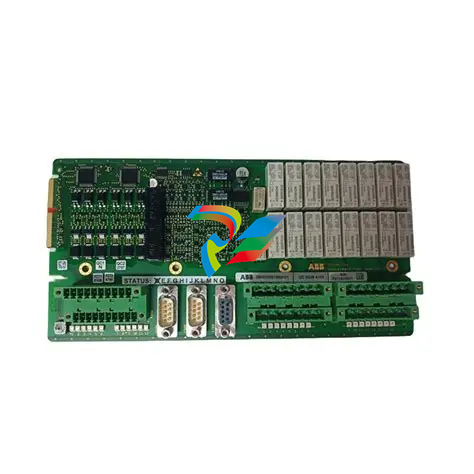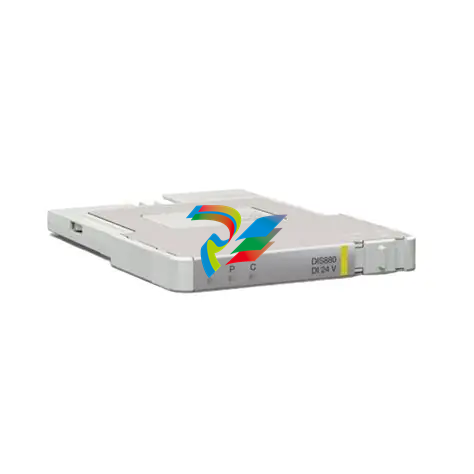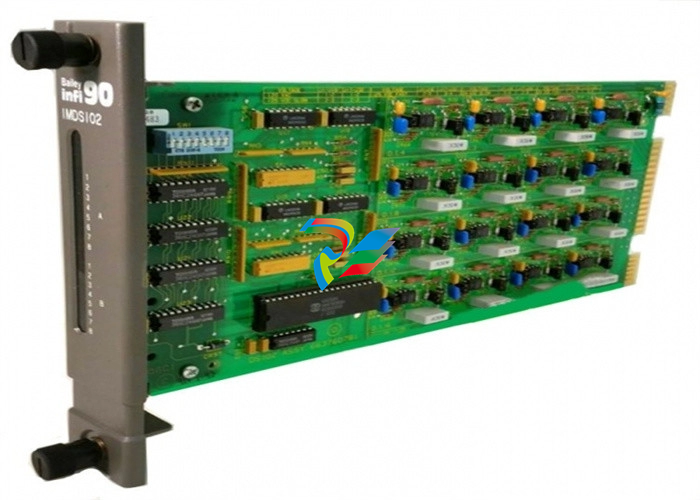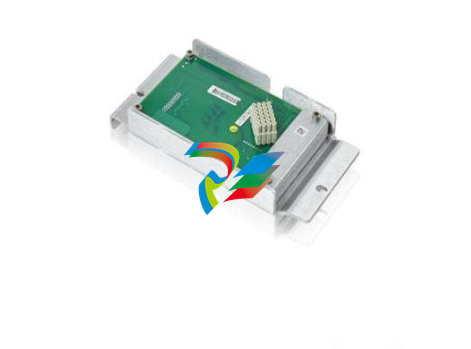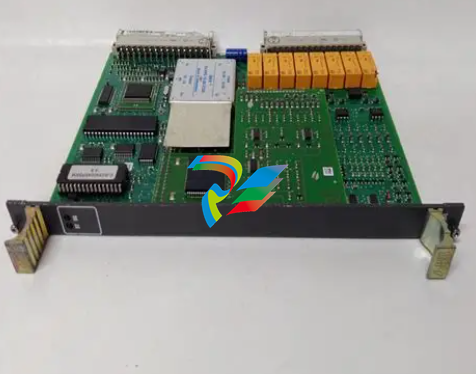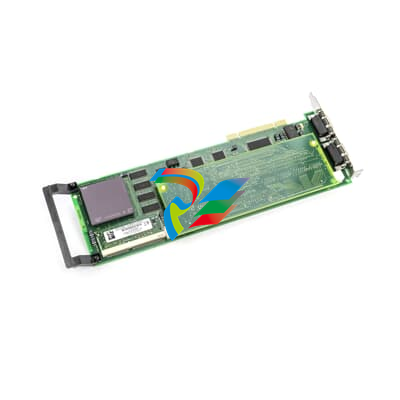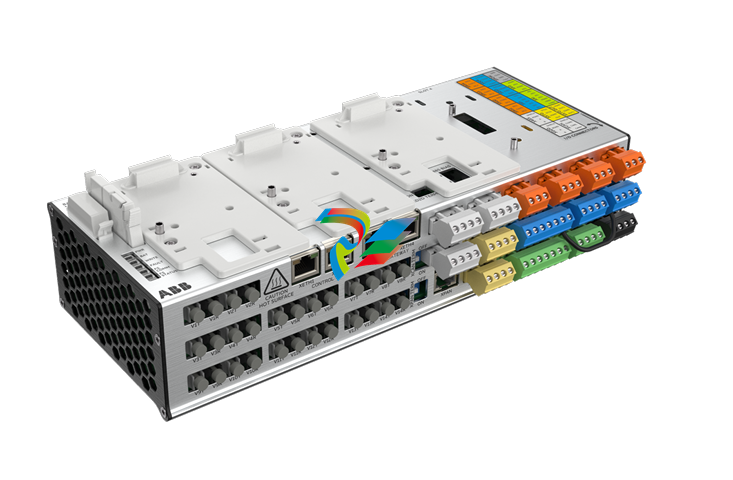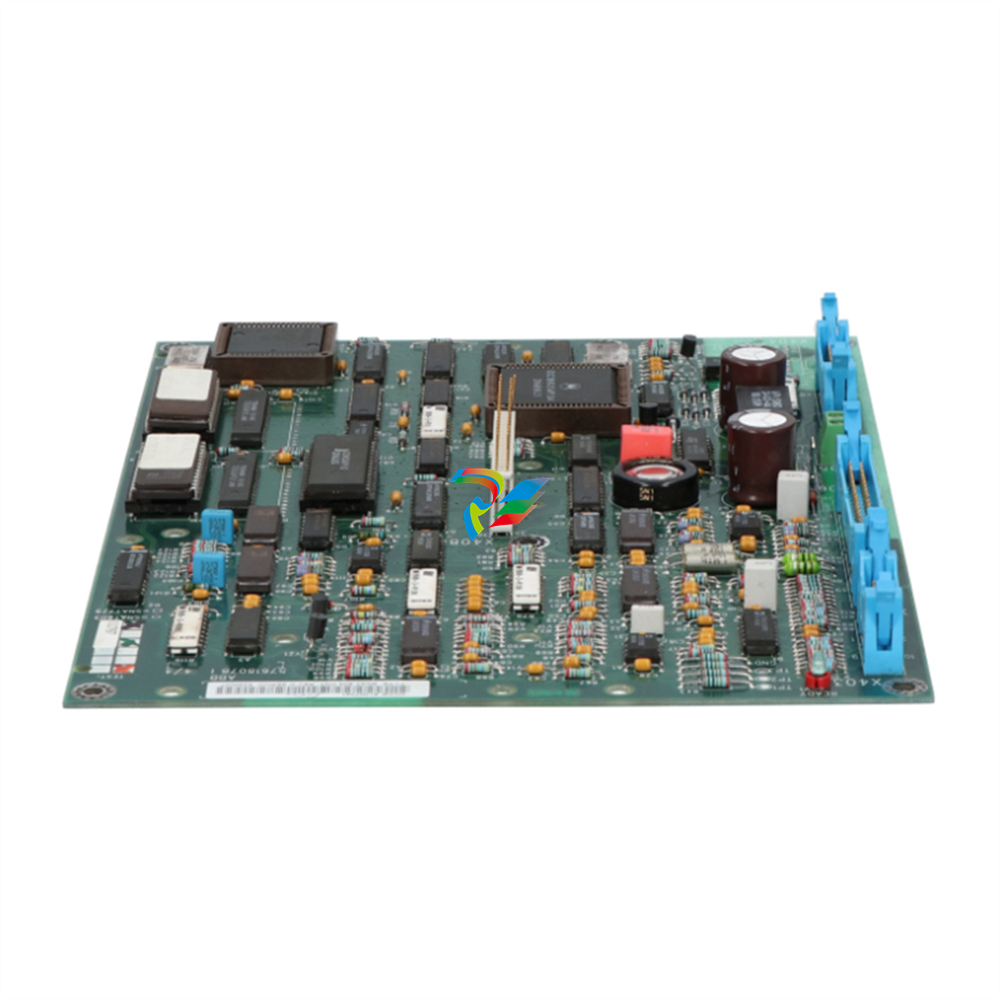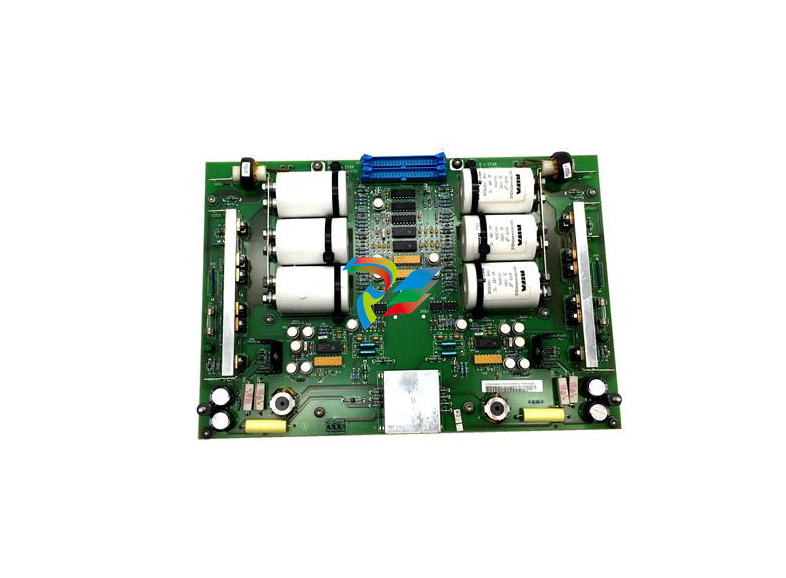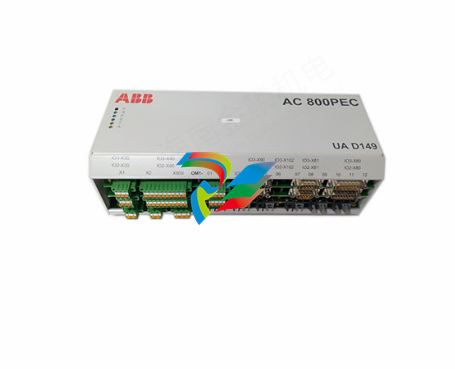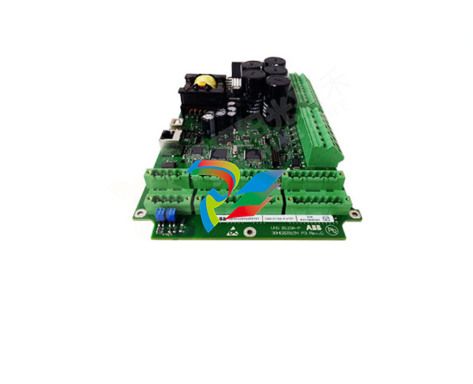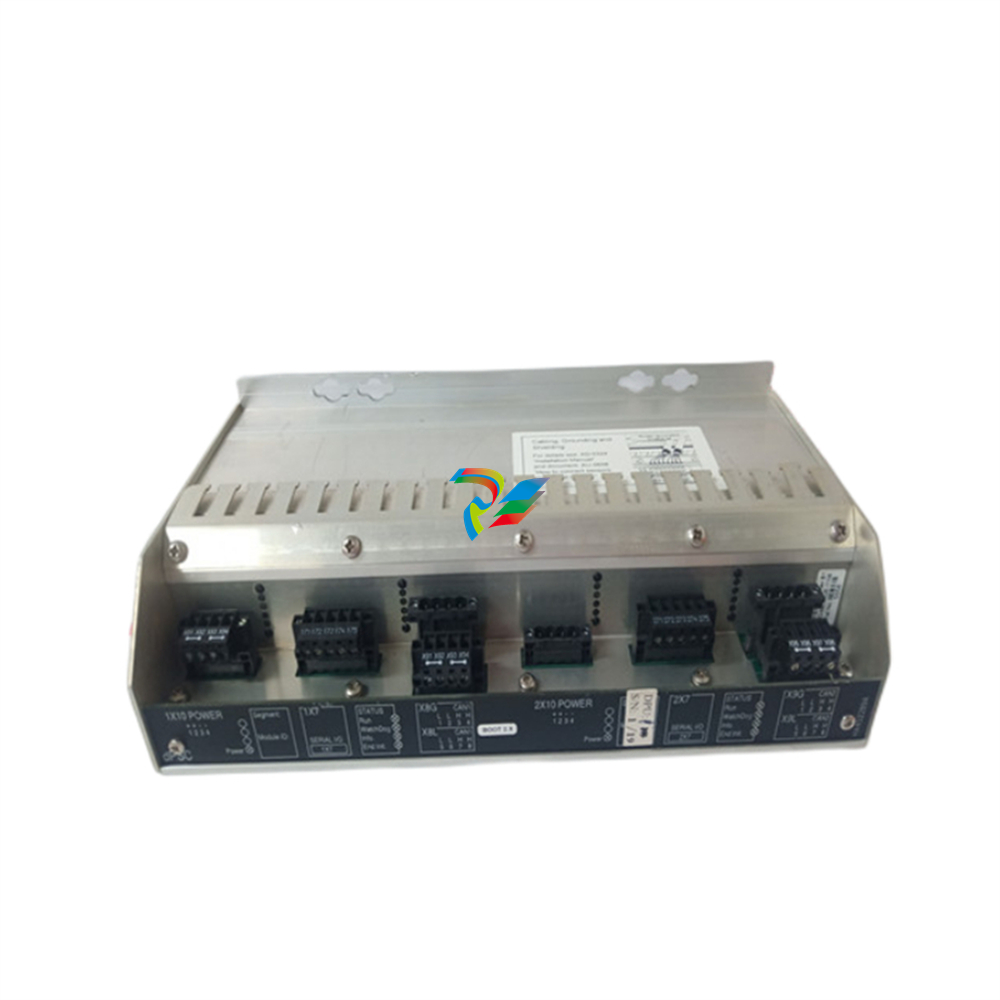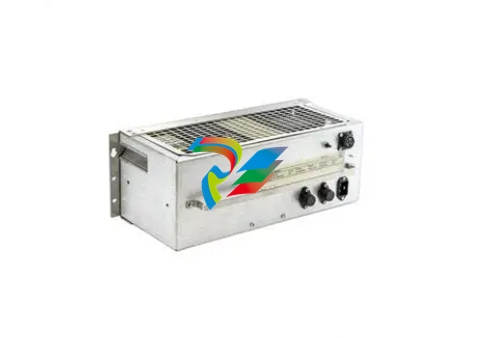
ABBAdvant Controller 31 Intelligent Decentralized Automation System
Basic Unit 07 KT 97
Basic unit with max. 480 kB user program
+ 256 kB user data, CS31 system bus
Fig. 2.1-1: Basic unit 07 KT 97 R0200
The basic unit 07 KT 97 R200 is the standard device for all applications. In addition, there are basic units with reduced
performance (e.g. 07 KT 95 or 07 KT 96) as well as ones with extended performance (e.g. 07 KT 97 R260 with
ARCNET connection, 07 KT 97 R0220 with PROFIBUS connection and 07 KT 97 R0262 with both ARCNET and
PROFIBUS connection). A comparison table is given on page 3. This document describes the basic unit 07 KT 97
R200 and then adds the data sheets of the other devices which only show the differences
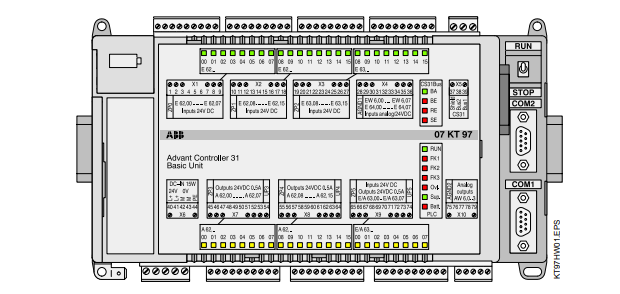
2.1.1 Brief description
The basic unit 07 KT 97 works either as
· bus master in the decentralized automation system
Advant Controller 31 or as
· slave (remote processor) in the decentralized automation system Advant Controller 31 or as
· stand-alone basic unit.
The basic unit is powered by 24 V DC.
2.1.1.1 Main features
· 24 digital inputs with LED displays
· 16 digital transistor outputs with LED displays
· 8 digital inputs/outputs with LED displays
· 8 individually configurable analog inputs 0...10 V,
0...5 V, ±10 V, ±5 V, 0...20 mA, 4...20 mA, differential
inputs, Pt100 (2-wire or 3-wire), the analog inputs are
also individually configurable as digital inputs
· 4 individually configurable analog outputs ±10 V,
0...20 mA, 4...20 mA
· 2 counters for counting frequencies up to 50 kHz, configurable in 7 different operating modes
· 1 CS31 system bus interface for system expansion
· 1 interface for connecting communication modules
(e.g. 07 KP 90)
· 2 serial interfaces COM1, COM2
– as MODBUS interfaces and
– for programming and test functions
· Real-time clock
· LEDs for displaying operating conditions and error
messages
· Detachable screw-type terminal blocks
· Fastening by screws or by snapping the device onto a
DIN rail
· The lithium battery 07 LE 90 can be put into the
battery compartment in order to
– store and backup the user program in the RAM
– store and backup data which is additionally contained in the RAM, e.g. the status of flags
– backup the time and date (real-time clock)
· RUN/STOP switch for starting and aborting the program execution
· Extensive diagnosis functions
– self-diagnosis of the basic unit
– diagnosis of the CS31 system bus and the
connected modules
· Integrated Flash EPROM for storing program and data
· Exchangeable SmartMedia Card 07 MC 90 for user
data or for updating the operating system or PLC program
2.1.1.2 Project planning / start-up
The following has to be observed for project planning and
start-up:
· Programming
is performed with AC31 programming software, which
can be run on commercially available IBM compatible
PCs (see documentation of the programming system
907 AC 1131).
· Online program modification
A quick modification of the user program is possible
without interrupting the operation (see programming
system 907 AC 1131).
· Possible operating modes
– Stand-alone basic unit
– Bus master basic unit
– Slave basic unit
· Backup of data areas,
i.e. saving of data during power OFF/ON, is possible
with an integrated battery and/or
by storing them in the Flash EPROM
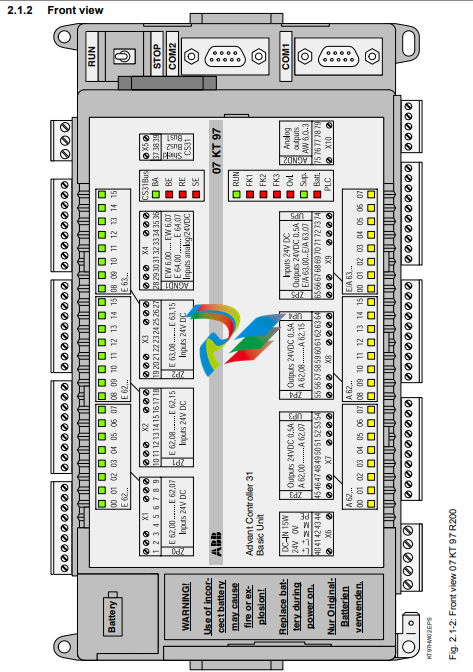
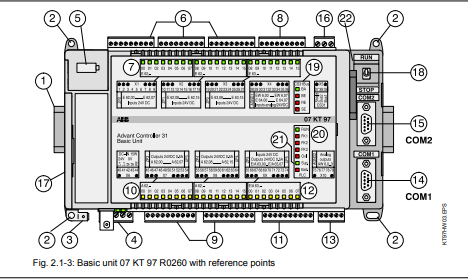
(1) Fastening the device on DIN rail
(2) Fastening the device by screws
(3) Faston earthing terminal 6.3 mm
(4) Supply voltage connection 24 V DC
(5) Battery compartment
(6) 24 digital inputs in 3 groups
(7) 24 green LEDs for the digital inputs
(8) 8 individually configurable analog inputs in
one group 0...10 V, 0...5 V, ±10 V, ±5 V,
0...20 mA, 4...20 mA, Pt100 (2-wire or 3-wire),
differential inputs, the analog inputs are
also individually configurable as digital inputs
(9) 16 digital transistor outputs in two groups
(10) 16 yellow LEDs for the digital outputs
(11) 8 digital inputs/outputs in one group
(12) 8 yellow LEDs for the digital inputs/outputs
(13) 4 individually configurable analog outputs
±10 V, 0...20 mA, 4...20 mA in one group
(14) Serial interface COM1 (programming, MMC)
(15) Serial interface COM2 (programming, MMC)
2.1.3 Structure of the front panel
Fig. 2.1-3: Basic unit 07 KT 97 R0260 with reference points
KT97HW03.EPS
(16) Connection for CS31 system bus
(17) Cover of the interface for the connection of communication modules (may only be removed for
connecting communication modules)
(18) Switch for RUN/STOP operation:
With the RUN/STOP switch the execution of the
user program is started or stopped.
(19) LED displays for CS31 system bus
BA LED green Bus active
BE LED red Bus error
RE LED red Remote unit error
SE LED red Serial unit error
(20) LED displays for RUN and error class
RUN LED green User progr. is running
FK1 LED red Fatal error
FK2 LED red Serious error
FK3 LED red Light error
(21) Other LED displays
Over- LED red Overload/short-circuit
load at an output
Supply LED green Supply voltage
available
Battery LED red Batt. not effective
(22) Insertable SmartMedia Card 07 MC 90 for
operatingsystem, user program and user data
